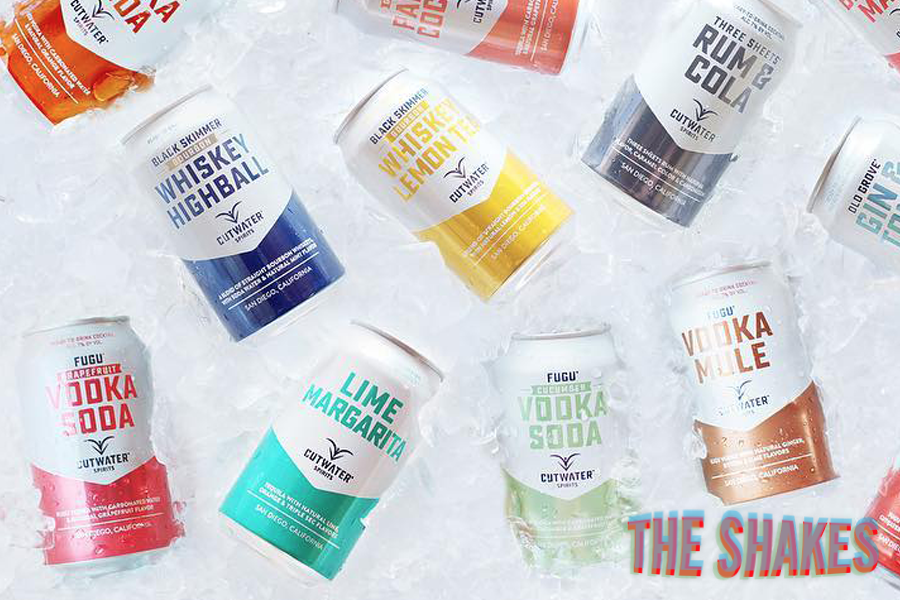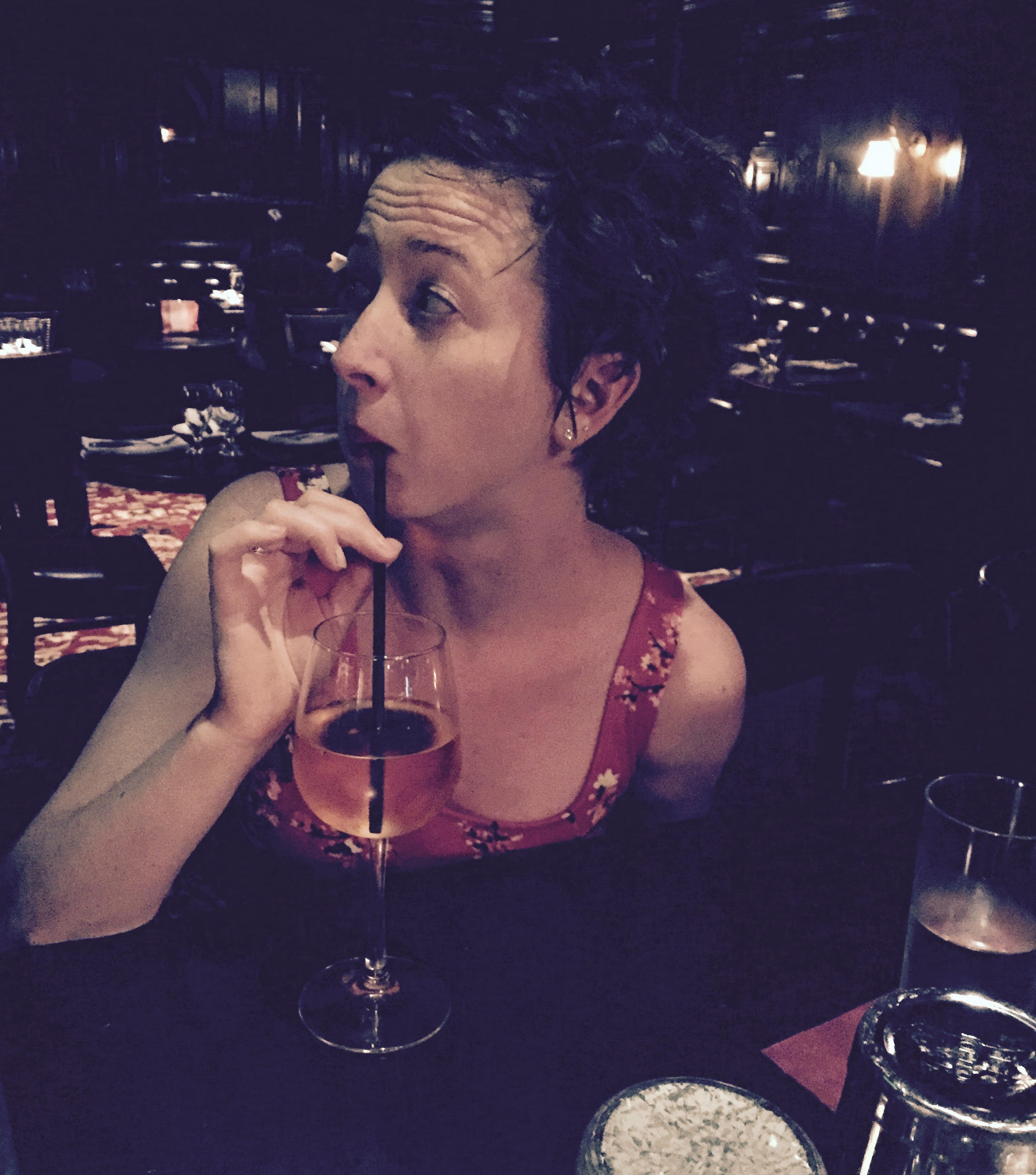I first encountered canned wine in 2016 in a small market and liquor store down the street from the bar I worked in. Well, okay, let me rephrase that a bit: I first encountered canned wine in 2016 when my co-worker returned from this small market and liquor store with two cans of Underwood Rose and a smile. “I got us something for last call,” she laughed.
I was confused. We had pretty much everything one could want to celebrate last call already, and they were all within arm’s length.
“Yeah, but this will be more fun,” she said.
That’s how I came to shotgun half a bottle of wine at 1:40 in the morning. I’m not sure I recommend it. In fairness, Underwood’s canned wines are perfect for every (other) occasion: They’re easy to transport, don’t require a corkscrew and go down easy. If anything, they’re the perfect park/picnic/beach/music festival drink.
Glass doesn’t travel well for a variety of reasons. First of all, it breaks, leaving sharp shards everywhere, violating the golden rule of interacting with the outdoors: Pack it in; pack it out; or leave it as you found it. Glass is also heavy and less-than-stellar at keeping out light and heat, two of the alcohol’s biggest enemies. This is why beer so often comes in cans.
It’s also why we now have so many canned cocktails and wine.
“The theory behind it is the portability and the recyclability,” says Yuseff Cherney, the founder and master distiller of Cutwater Spirits, probably the best known of the half dozen or so distillers producing canned cocktails. “You can take it to a sporting event or pack it in and out when you go camping. Plus, the can itself is a better vessel for anything you’re trying to keep light and oxygen out of.”
Cutwater Spirits launched its line of canned cocktails five years ago with a gin and tonic, a rum and coke and a Bloody Mary. Today, they have 13 canned cocktails in all, each made with in-house distilled spirits (except for the Paloma — the tequila in this tequila and grapefruit drink is made with a partner distillery in Jalisco). “We started out with drinks we like, and drinks that are simple,” Cherney says. “All too often you find something marketed as a ‘canned cocktail’ and it’s Sex on a Cruise or some garbage. Like, what even is that?” (Hence, the presence of gin and tonic, the Dark and Stormy, etc. on Cutwater’s original drinks menu.)
Before Cutwater, Cherney explains, “Almost every [canned cocktail] was made with fermented malt beverages. They were all beer-based cocktails.” It was a purely financial calculation. That is, the tax on spirits is much higher than the tax on beer or malt beverages, so to save money while still doing something different, producers like Mike’s Hard and Smirnoff decided to bottle malt beverages instead of spirit-based ones. “For a long time, I think the big distillers were afraid of canning their spirits, simply because of the tax,” Cherney says. “But in the craft spirit and cocktail space, nobody minds paying a little more for a superior product.” (Two other notable canned cocktailers: Interboro Brewery and Distillery in East Williamsburg and Brazil’s Novo Fogo, which sells a sparkling Caipirinha.)
I’ve tried Cutwater’s gin and tonic, Dark and Stormy, vodka soda with lime and Paloma, all of which, to my tastes, are great, but weaker in alcohol than what I’d mix at home or at the bar. The 12-ounce gin and tonic is 7 percent alcohol by volume, or about the same alcohol content as an IPA. Now, when we talk about what makes a serving of alcohol (or what constitutes “a drink”), scientists and healthcare professionals (and all those helpful pamphlets at your doctor’s office or alcohol awareness websites) generally agree that it’s around 14 grams of pure alcohol. This volume of booze is roughly the same across a can of 5 percent ABV beer, a glass of 12 percent ABV wine and a shot or highball pour of 40 percent ABV liquor.
To take this a step further, standard highball glasses — i.e., those I’d serve a gin and tonic in — are 8 or 9 ounces in total volume. That means that right off the bat, a mixed drink in a bar is going to be stronger than a 12-ounce canned cocktail. Not to mention, we also add ice to the equation, exponentially decreasing the amount of mixer necessary to fill that 9-ounce glass.
That’s a big reason why me and my bartending brethren won’t be replaced by our aluminum overlords anytime soon. Essentially, nobody who drinks cocktails goes to a bar to be handed a can. You go to a bar to have choices; to have a particular type of whiskey in your cola; to customize your drinking experience, via your bartender, to your particular tastes.
That’s not me being defensive either, I promise. (Pretty much every other bartender I talked to about the subject felt exactly the same way as well.) That said, nobody who makes cocktails for a living — the tens of thousands of us manning bars across the country who geek out about ice density and mixing glasses, and who, if you give us a chance, will talk your ear off about the history of the rum that’s in your daiquiri — are going to work with canned cocktails. We’ve worked too hard for the past quarter century to overcome the damage done by Prohibition and the artificial-color-happy, more-is-better 1970s to go back to cracking open cans all night and call it bartending.
They do pair exquisitely with a barbecue, though.

